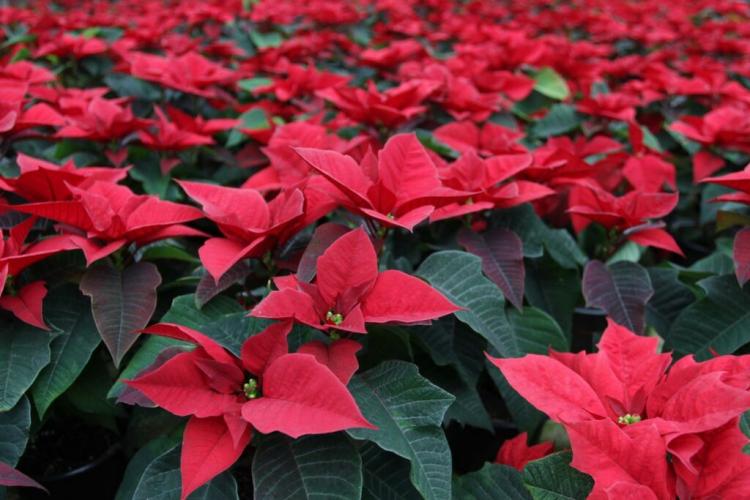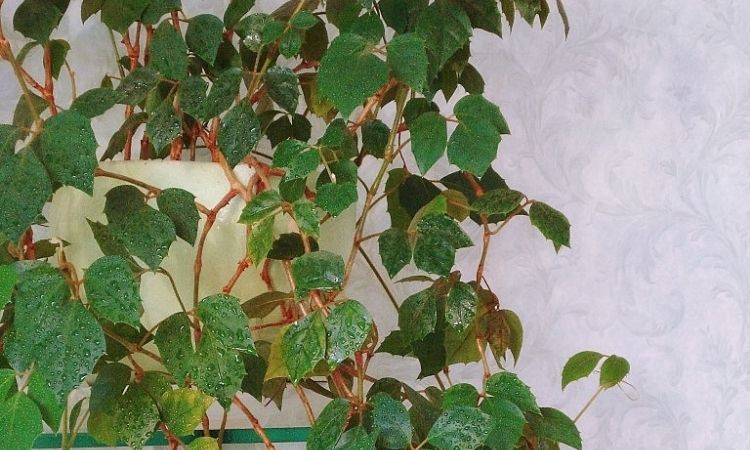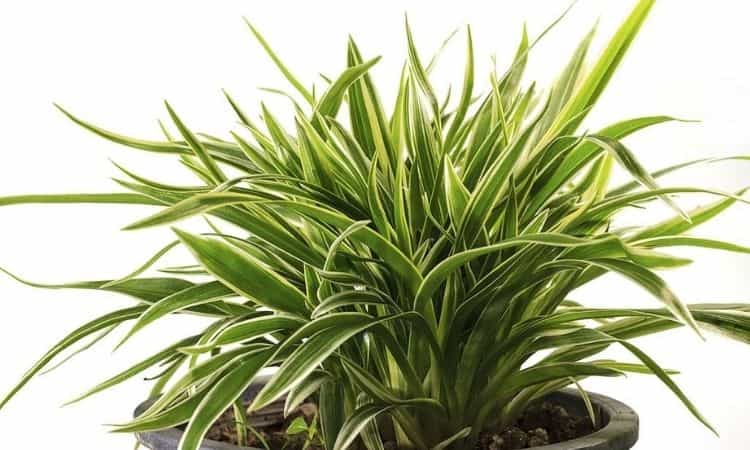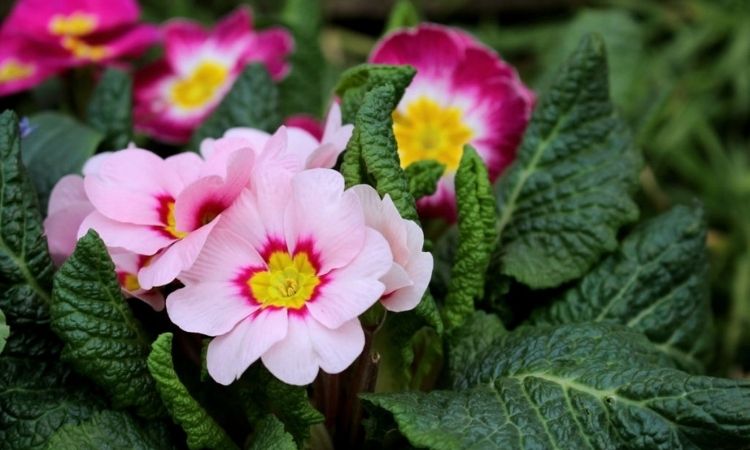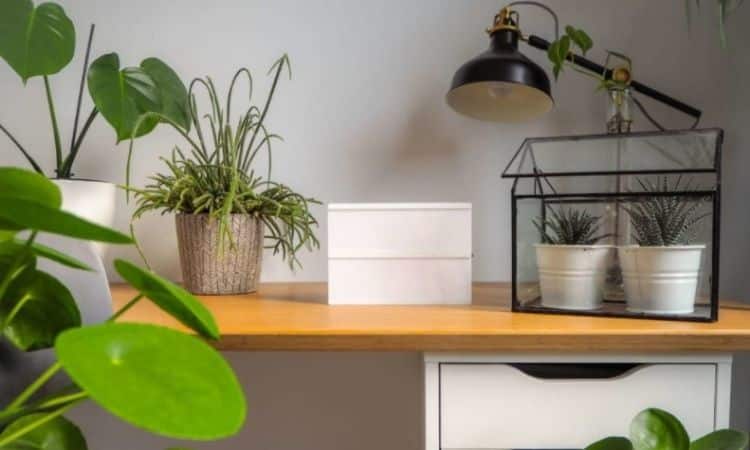Care For An Orchid: 7 Most Common Mistakes
Caring for orchids requires tact because the houseplant can be a real diva among plants. To avoid making mistakes when caring for an orchid, it’s good to know what to look out for. That’s why we have summarized the seven most important orchid care mistakes for you.
Hardly any houseplant is more popular than the Orchid. Fortunately, only very few people are put off by the fact that many of these extravagant plants are not very easy to care for. If it does not work out with the perfect orchid flower, this can have different reasons.
In this article, we look at the tropical, epiphytically growing orchid genera and clarify the most common mistakes in the care of these special beauties.
The Wrong Location For Orchids
Table of Contents
Where is the right location for orchids? This is a question that I’m sure many orchid lovers ask themselves. Some orchids cannot thrive properly in the home – simply because they are placed in the wrong location. The orchid family is very large and diverse – the different species have very different location requirements. Not all orchids can be lumped together.
In order to provide your orchid with the best growing conditions and the right location, it is important that you study your plant in detail and find out what special requirements your orchid has in terms of light, humidity, and heat.
In their native habitat, these orchids grow in the partial shade of large trees. This means that they are never exposed to direct or blazing sunlight. In addition, it is warm and humid in the tropical home of these orchids. Orchid owners should take this fact as a guideline and create similar conditions at home.
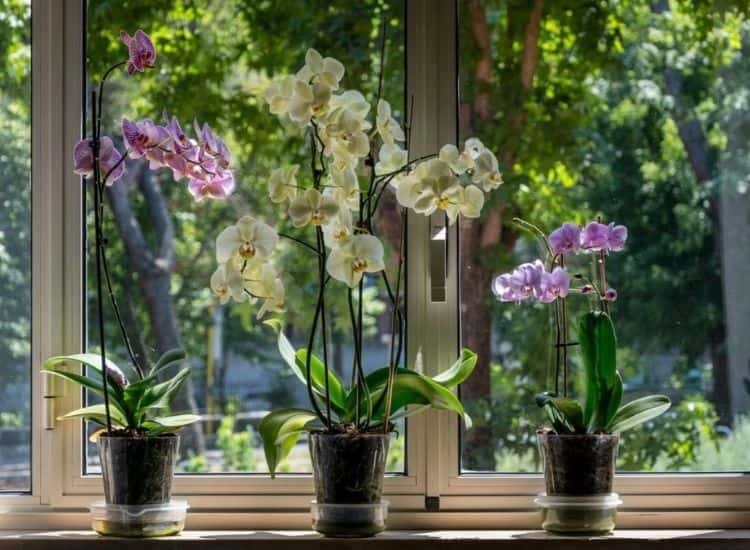 Many orchids do well on the windowsill, where they consistently get enough light. But beware: a window on the south side is not always suitable. Sun plays a major role in orchid care, as too much sunlight can damage the plants and even cause sunburn.
Many orchids do well on the windowsill, where they consistently get enough light. But beware: a window on the south side is not always suitable. Sun plays a major role in orchid care, as too much sunlight can damage the plants and even cause sunburn.
West or east sides, on the other hand, are suitable for almost all types of orchids. Make sure you maintain a constant temperature that suits your particular orchid species. Often the optimal range is between 60.8 and 86 °F. Almost all species, however, like humidity above 60 %, as is the case in tropical rainforests.
Orchid care: The right location at a glance:
- Ideal temperatures are between 60.8 and 86 °F, depending on the species.
- Humidity: 60 – 90
- As bright as possible, but no blazing sun
- East or west windows are ideal
The wrong orchid care in winter
If the dark and cold season comes, it is important to adjust the care of your orchid. Some species love the warmth even in winter, while others need cooler temperatures around 50 °F.
So, again, it is important to know exactly your plant. By the way, none of the tropical orchid species tolerates frost. Also, you should avoid exposing the houseplant to drafts. In fact, the cold winter air is very harmful to the delicate orchid.
Some orchids may exceptionally move to a location with more light during the winter months. The sun is then no longer strong enough to harm the orchid. Rather, the plant now needs as much light as it can get.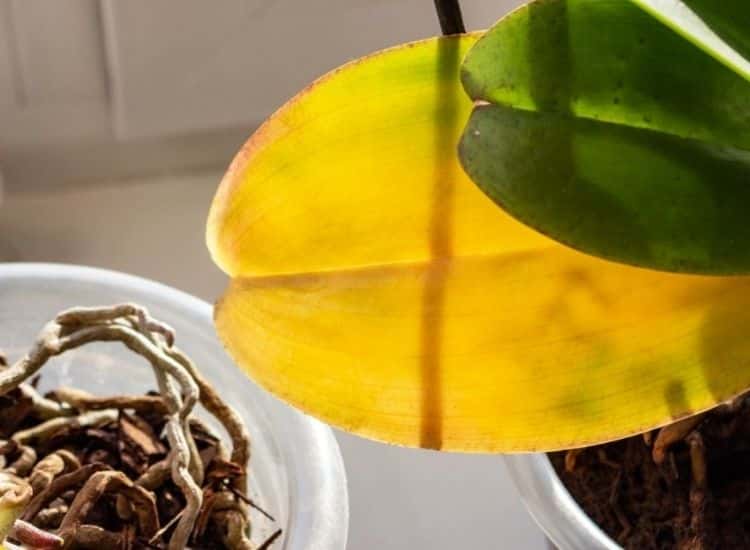
If it doesn’t get enough of it even at the brightest window, you can also help it out with artificial plant lighting. The next point for optimal orchid care in winter is humidity. This should not fall below 60 %. And that can be difficult in heated rooms.
Therefore, your orchid wants to be sprayed with lukewarm water at least every two days. Really harmful for the orchid is a location above the heater – here the air is simply too dry. Winter care of orchids also includes watering only sparingly.
When the days become longer again and the sun is stronger, you should put your orchid back in a more sheltered place at the beginning of March, where it will not get blazing sun.
Summary: Care for orchids in the winter:
- Place orchid as bright as possible
- In winter some species like it cool, others still warm – none of the tropical species tolerate frost
- Humidity above 60
- Do not place directly over the heater
- Spray with lukewarm water every 2 days
- Avoid drafts
- Water sparingly
- Protect from the full sun again from March
The wrong soil for orchids
Taking care of an orchid includes providing it with the right soil. The tropical epiphytes cannot grow in normal soil. Anyone who has taken a closer look at the roots of the orchid knows that they are not normal roots, but aerial roots.
These need it as airy and bright as possible because orchids can even photosynthesize with their roots and produce oxygen. So it’s no wonder that these special roots need a special soil: the so-called orchid substrate.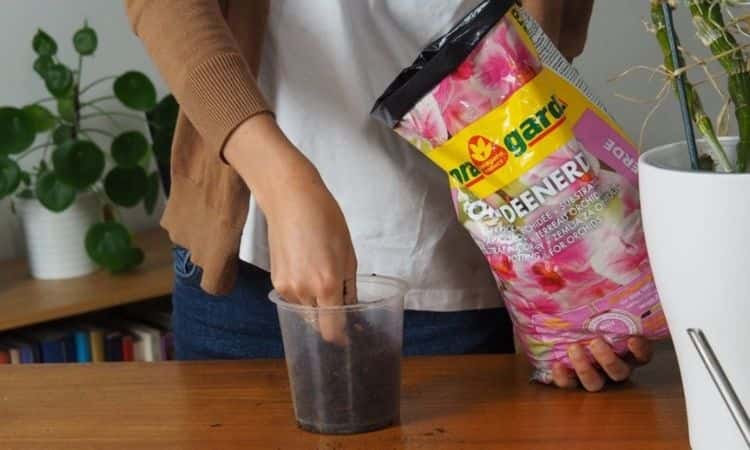
These orchid soils are optimally adapted to the requirements of the beautiful plants due to their special composition and coarse structure. If you want to learn even more about the orchid substrate, then read our article about the right orchid soil.
Incorrect watering and irrigation
If you want to take care of your orchid properly, you should deal with watering in detail. Because this requires a delicate touch with the sensitive plant. After all, it likes neither too little nor too much water.
Rule of thumb: For orchids in transparent pots, watering is always done when the pot no longer mists up from the inside.
What to consider when watering orchids and how to do it correctly, you can read in our article on watering orchids.

The wrong fertilization
A common mistake in orchid care is misjudging the plant’s nutrient needs. Usually, too much fertilizer is applied. However, the exotic plants do not need that much fertilizer at all. In addition, there are many different orchid species, all of which have very different nutrient requirements. Accordingly, they also need to be fertilized differently.
So that you do not lose the overview and know how to fertilize your houseplant properly, we have summarized everything in our article on fertilizing orchids.
Care for orchids incorrectly after flowering
The magnificent blooms of orchids are beautiful to behold. However, when the flowering period comes to an end, it is time to give the plant a rest. It needs it to recover from the last bloom and to gather new strength. Depending on the orchid species, this break can last a few weeks or even several months. When exactly the time for the rest period is, of course, depends on when the orchid blooms. Most often, however, the beautiful flowers rest in the winter.
Care for orchids after flowering is accompanied by a change in temperature. Once the plant has faded, place it at temperatures between 59 and 60.8 °F. This can be, for example, in the bedroom. Cut off the withered inflorescences only when they are completely dead.
If they are still plump and green, do not cut them. During the rest period, water your orchid more sparingly than usual. Nevertheless, all parts of the plant can be sprayed with lukewarm water every two days. Do not fertilize until the plant sprouts again. Then the rest period is officially over.
Orchids care for flowering at a glance:
- Many orchids require a rest period after flowering.
- Cut off inflorescences only when they are completely dried up
- Put withered orchid in a cooler place
- The temperature during the resting period depends on the species, often around 59 – 60.8 °F
- Waterless
- Do not fertilize until new shoots appear
Prune the roots incorrectly
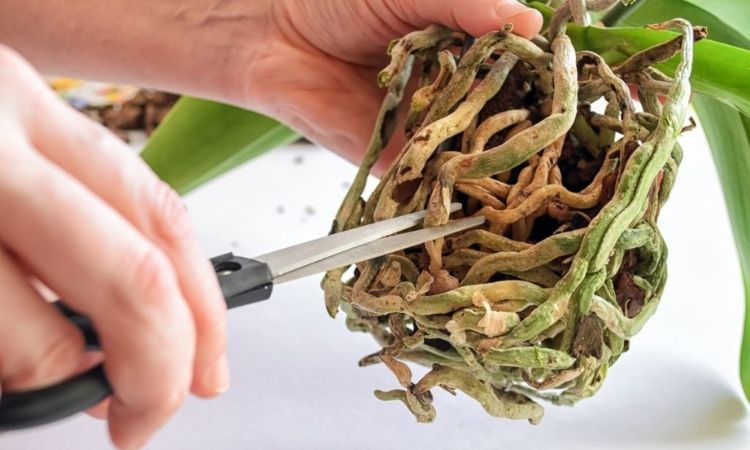 Orchid aerial roots can sometimes grow beyond the edge of the flower pot or drainage holes. This may look unsightly to some but is far from a reason to rush to the scissors. The roots of the exotic plant are very sensitive and vital.
Orchid aerial roots can sometimes grow beyond the edge of the flower pot or drainage holes. This may look unsightly to some but is far from a reason to rush to the scissors. The roots of the exotic plant are very sensitive and vital.
If they are simply cut off, it will do great harm to the orchid. If more roots grow out of the pot than in it, it is a better time to repot the orchid in the fresh orchid substrate. In this case, dried or rotten parts of the roots can be cut off.
For detailed instructions on repotting orchids in special orchid soil, see our special article. When and what is the best-pruned orchid, you can also read our article on the correct pruning of orchids.

